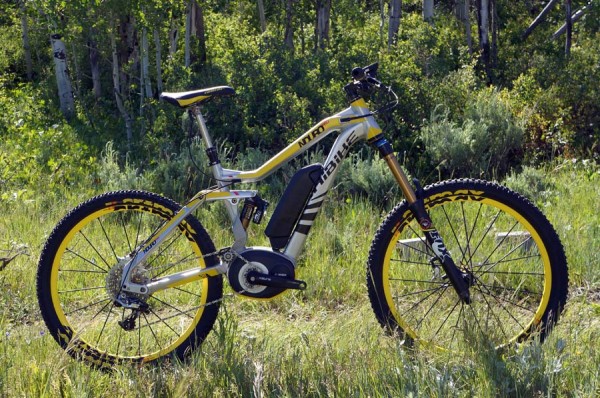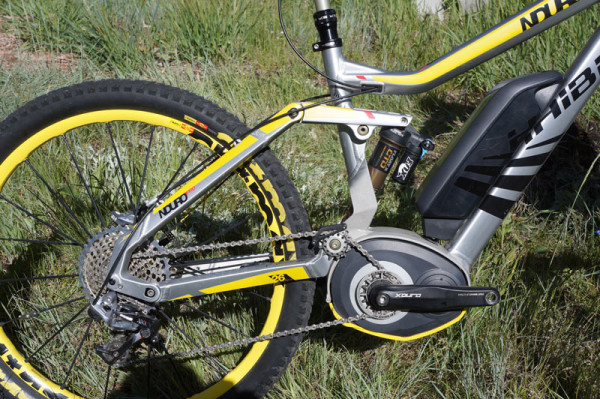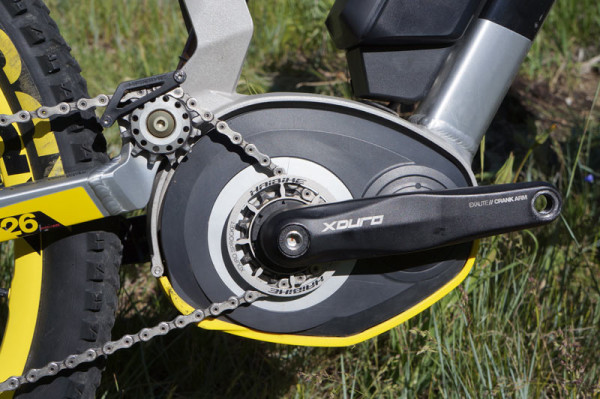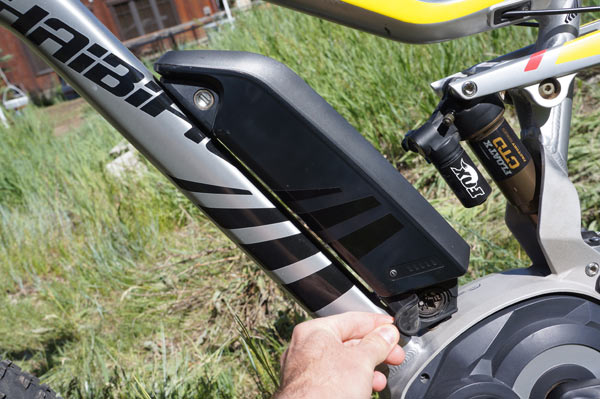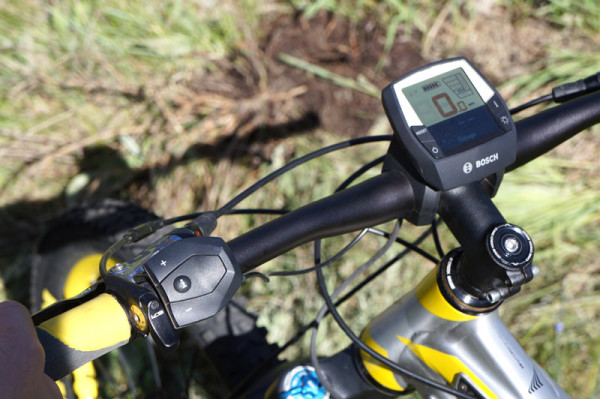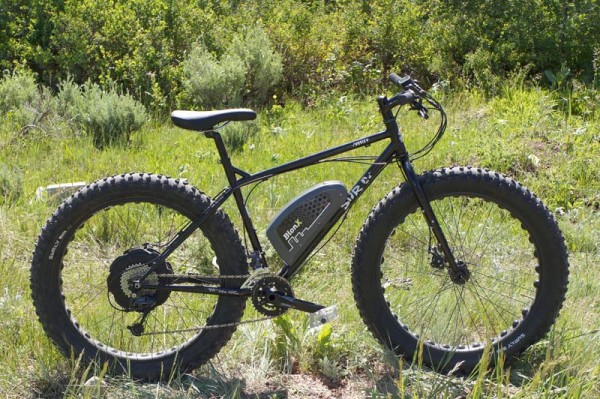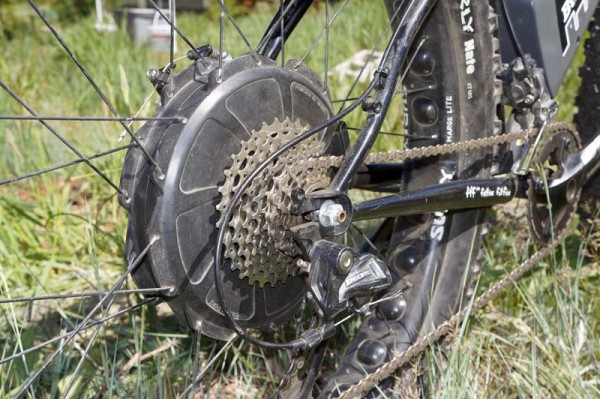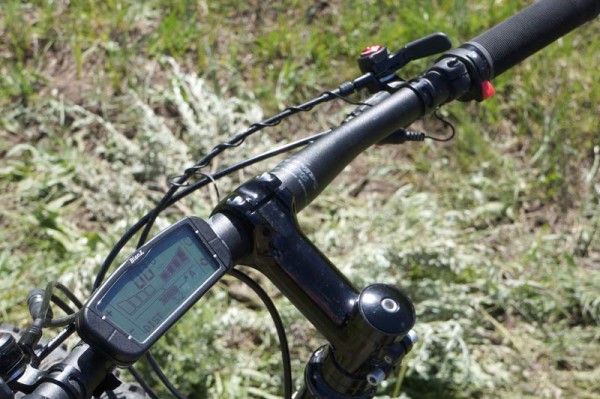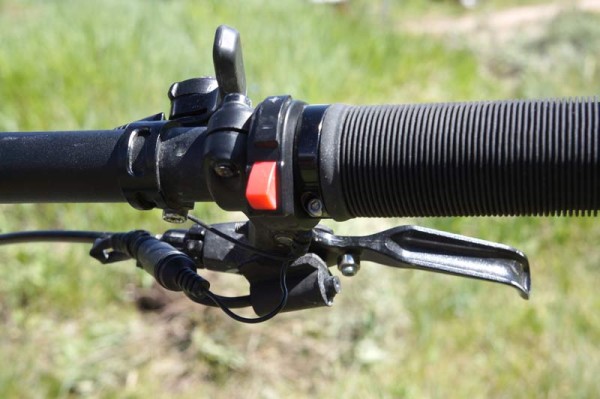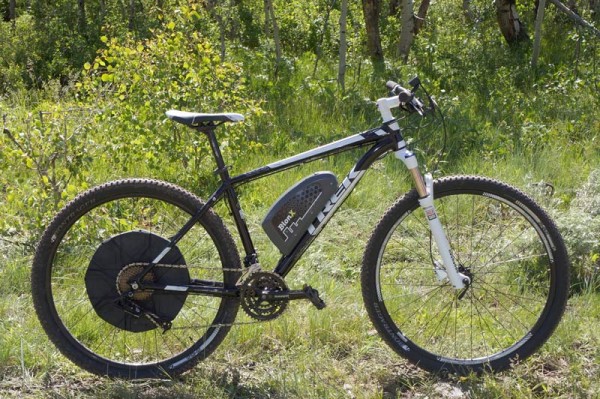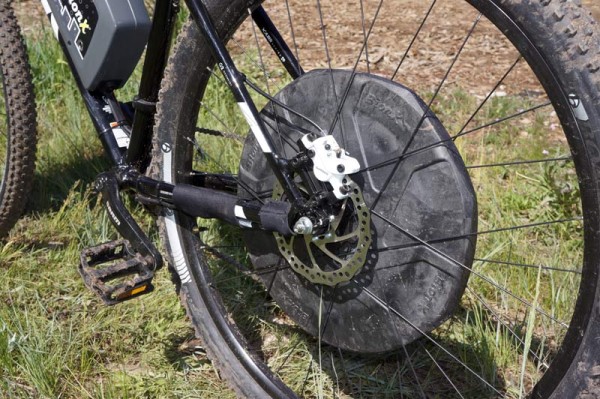Have you noticed there’s been a growing mention of electrically motorized bicycles lately? That’s because they’re coming, whether our domestic infrastructure is ready or not. While Europe’s been enjoying the boost at a broader level for a few years, brands with strong stateside distribution are starting to push them into dealers in select markets, establishing themselves for when the tide turns.
Who? Specialized will have a lower cost version of the Turbo, Felt is bringing several models in, as is Lapierre, and BMC has their premium Stromer line. And that’s just the beginning.
Across the board, there are two dominant methods of integrating a motor into a bike: Building the motor into the frame or putting the motor in the rear hub. There are multiple systems, but two of the higher tech, more established ones are from Bosch and Bion-X. Both were at PressCamp this summer, both have their pros and cons, and both gave us an in-depth look at their tech. Read on and see which one makes sense for your next commuter.
We’ll start with Bosch. Bosch builds entire e-bike drivetrain systems that hit the market in 2010, and their latest generation is just now shipping. It’s built around a crank-located motor, which integrates into the drivetrain in a way that develops more torque than a hub motor with the added advantage of keeping unsprung weight lower on full suspension bikes…
The first generation was built with the motor unit angled downward, which meant a very low hanging unit that was really designed for commuter bikes that didn’t need to worry about effective BB height. But to make it work on a mountain bike, something needed to change.
Haibike, which is a huge brand in Europe, suggested they rotate it’s mounting orientation to improve BB height. Once that was done, they incorporated it into their mountain bikes. People laughed. Then they rode one, and they were laughing for a very different reason – joy. Since that time, a lot of brands have added motorized mountain bikes to their line. Bosch started with a handful of customers, now they count more than 50 brands spec’ing as OEM. And models are getting more and more sophisticated with long travel, aggressive trail bikes attracting throngs of groms at Eurobike (I witnessed this in person…seriously).
At Sea Otter this year, they created a U.S. spec version, starting with their Performance system. It generates up to 20mph of assistance with 300Wh and 400Wh 36 volt batteries that charge fast. For the U.S. market, there’s only the 400 watt/hour size. They’re similar Li-ion cylindrical power packs that Tesla uses in their cars. This powers the 350 watt motor (U.S. market), which is helping drive the crankset. Since it’s then driving through the gears in the back, it helps maximize efficiency.
The Intuvia control center has a small remote by the grip that lets you change the assistance level at will, even turning it off on downhills to save battery. It also lets you toggle views, showing remaining range among other things. Eco power boosts your own human output by 50% and is the lowest assist level. In ideal conditions under a light rider on flat roads, it’ll boost you along for up to 100 miles. More realistically, a mix of terrain and usage will yield 30 to 60 miles of assist. Or boost it into Turbo mode and it’ll pump out 275% of your human effort, blasting you up hills but giving you less range.
It figures it all out by measuring crank torque, wheel speed and cadence.
It’s all pedal assist. There’s no throttle, so you still have to pedal. The entire system adds about 15 pounds to the bike and about $2,500 to the retail price to a similar non-powered bike. It requires a dedicated frame design since there’s no way to integrate it into a standard frame. The upside is that it’s fully integrated and completely sealed, so there’s virtually no maintenance. If something does go wrong, the dealer plugs it into their computer to read the error code. Any part, including the motor unit, is easily swappable. For the U.S., Magura is handling service, spare parts and warranty claims.
For 2015 model year, there’ll be a wider variety of Haibike models in the U.S., everything from a very fast looking commuter to a DH mountain bike and a full carbon XC hardtail. Learn more about Bosch’s system here.
BION-X HUB BASED MOTORS
Bion-X takes a very different approach to putting a motor on your bike…and we do mean your bike. Their system can be retrofitted onto virtually any bicycle you own. We’ve ridden their system on one of our old hardtails in the past, and it’s awesome. Fortunately, the system has seen some marked improvements in the four years since we first tested it, boosting battery lifespan and power output.
They’ve also seen quite a bit of growth. Bion-X now has more than 250 dealers in the U.S. and 4,000 globally. That’s up from about 150 in January, which shows the growth of the market.
Each dealer gets diagnostic tools and software, mainly consisting of a small dongle that connects the cycling computer with a laptop/desktop. Once connected, the software checks for updates (and will download and update the system as necessary) and points out any problems. Each component shows up on the screen with its serial number, wheel size and other base info. It
The biggest change since we first tried the system are the batteries and the move to standard freehub cassette bodies. The move to freehub bodies allow use of standard cassettes and easier integration into more bikes and the ability to upgrade or change the range. Before, they were all freewheels, but those are being phased out entirely very soon.
The latest Li-Ion batteries use a sleep cycle that allows them to sit dormant for up to 18 months without damage. The charger is much smaller now, too, since the circuitry is in the battery pack. That design means the battery will charge itself completely, then turn off, as opposed to their old trickle charger and less advanced batteries that could be ruined after a couple months of non-use (which is what happened to ours). Current batteries are also much more powerful, offering 237 Wh up to 555 Wh, and have around 600 charge cycles under warranty. They say they’re actually capable of more than 1,000 charge cycles when you follow the instructions.
The minimum wheel speed before motorized assistance kicks in can be set by the program, as can the strain gauge in the motor. So, you could set it to kick in with as little as 0.25mph or up to 2mph.
Unlike the Bosch system, the BionX does have a throttle, so once you’ve started pedaling and have it running, you can just hold the throttle and scoot along with no effort of your own. It also offers regenerative effort that trickle charges the battery while also providing engine braking, though you do have to set it to that mode manually before any long descents.
For the motors, they’ve introduced a new D-Series motor that uses a non-structural composite motor case. It’s a higher performance system than the original that gets a larger 550 watt/hour battery. The motor’s overall diameter is larger, about twice what it used to be. This increases tangential torque, which essentially gives the motor more leverage. That means more power with less effort, so it runs cooler and lasts longer. It doesn’t affect battery life, but it lets the system maintain higher output under load. Previously, the smaller system would heat up under heavy loads like climbing steep hills and power would drop to protect the system. Now, they’re able to maintain full power under load, so climbing
The top speed of the motor is 20mph (32km/h), which is faster than what’s allowed in some parts of Europe. So, if someone moves here, the dealer can request a change to top speed setting. The dealer can also connect to their remote tech support center for more detailed analysis. They can tell how many charge cycles the battery’s seen, how long since last charge and much more. Updates happen every 2-3 months and usually deliver small functionality enhancements like smoother operation or enhanced battery life.
Kits are available with 20” to 29” wheels and are sold as complete systems. They’re sold only to dealers, not direct to consumer, since the installation is pretty key. One big safety concern is getting the rear axle bolt tightened to 30 ft/lb of torque. They’re working on adapters and new designs to let the system work with thru axle frames and wider frames like fat bikes.
Pricing has gone up a bit over the years with all the new technology. They range from $1,500 up to about $2,500. More at RideBionx.com.
Editor’s Note: I photographed motorized mountain bikes because that’s what was available at PressCamp. We understand and appreciate the concerns e-MTB’s present with regards to trail access, but that’s a dialogue for another place and time…comments that are off topic will be deleted. Both of these systems are widely available on commuter and city bikes and that’s where we anticipate the most growth stateside in the near future. This story is to highlight two different systems to keep you abreast of the latest technology and options. Personally, I’d also suggest keeping an open mind. Remember when a suspension fork was heresy? I know, right? Personally, I’m looking forward to putting the Bion-X system on my Yuba cargo bike this fall.
